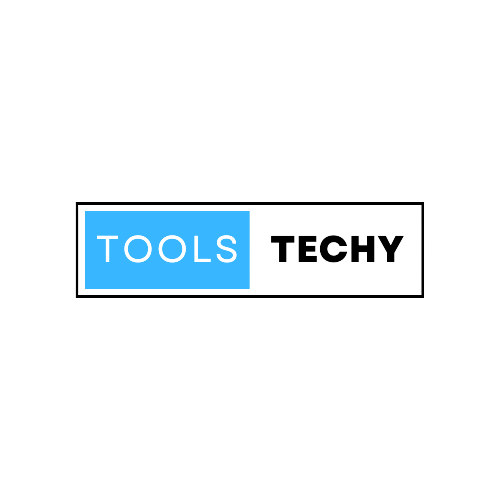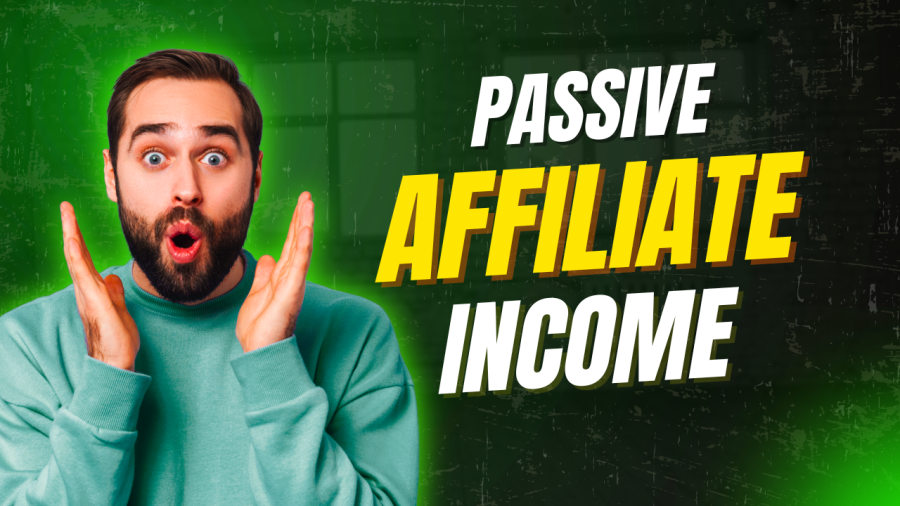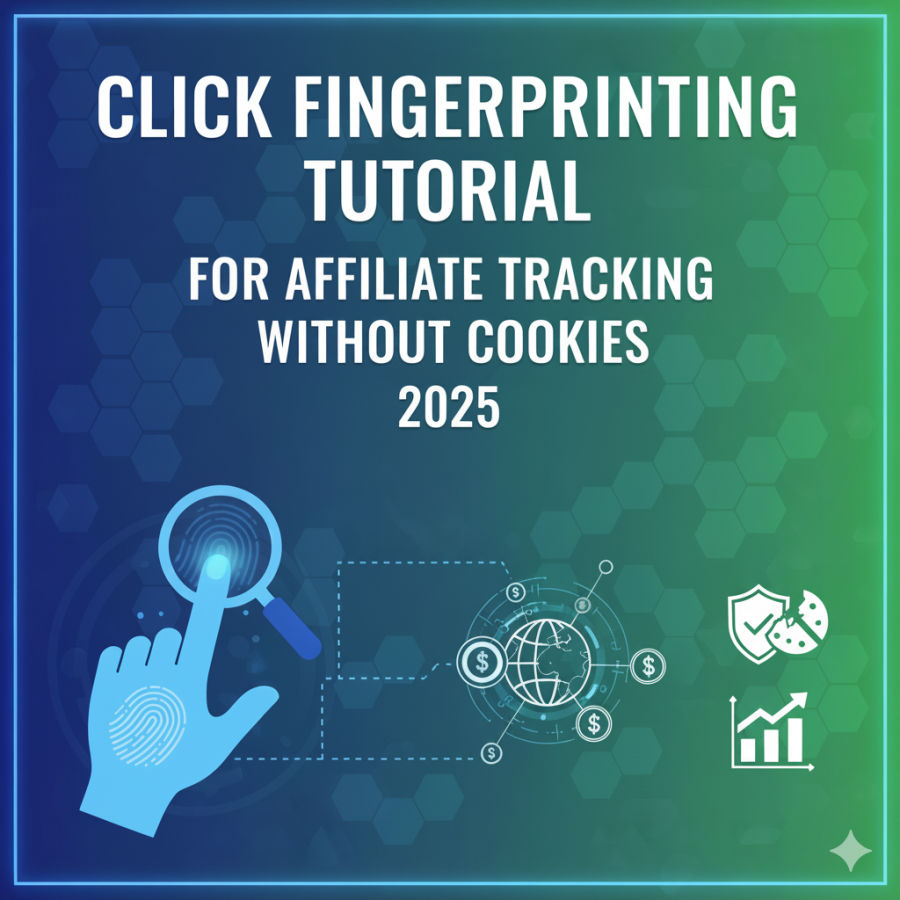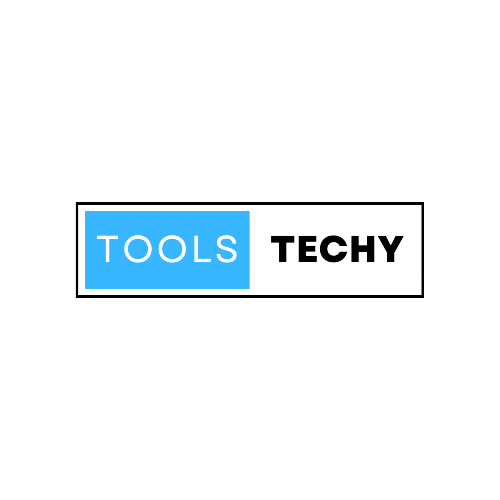Passive Affiliate Marketing Without a Website In 2025
Ever tried “affiliate marketing without a website,” only to get a bunch of platform lists and zero roadmap? Same. I wanted something that felt like a plug-and-play system, not a scavenger hunt. So I built a simple, no-website workflow that uses free tools, runs on autopilot, and lets beginners start fast with low risk. I’ll hand you the exact steps, templates, and a daily routine you can actually follow. Sound good?
Have a look at copy paste profit system a brand new way to make affiliate income
What “Passive” Really Means Here (And What It Doesn’t)
I automate traffic and content distribution so systems work while I sleep. I don’t ghost the business. I set up evergreen content, smart linking, and repurposing pipelines. I update offers and refresh top performers weekly. Passive doesn’t mean “hands-off,” it means “setup once, optimize lightly.”
The No-Website Stack (Free, Simple, Proven)
You don’t need a domain, theme, or hosting. You do need a stack that works like a website without calling it one.
-
Platforms you’ll use:
-
YouTube Shorts + long video descriptions
-
Pinterest Idea Pins + Board SEO
-
Reddit answers (value-first, no spam)
-
Quora answers + Spaces
-
Medium stories + Highlights
-
Google Docs or Notion as your “hub” (acts like a landing page)
-
Link-in-bio tool (e.g., Linktree/Carrd/Canva page)
-
Optional: TikTok/Instagram Reels if short video fits your style
-
-
Monetization toolkit:
-
Affiliate programs: Amazon Associates, impact.com, PartnerStack, ClickBank, CJ, ShareASale
-
Free lead capture: Notion form, Google Forms, or a simple Typeform
-
Email follow-up: Beehiiv/Substack/Gmail+Zapier (or a weekly broadcast if automations feel heavy)
-
Notice something? I avoid platforms that take ages to approve or require a website. I use ecosystems that welcome creators and reviewers.
The “No-Website” System Architecture (One Page to Rule Them All)
Think of this as a funnel you can sketch on a napkin:
-
Traffic sources → Content “reviews” → One central hub page → Affiliate clicks → Email capture → Follow-up recommendations
The “hub” is a single Google Doc or Notion page that:
-
Introduces your topic angle in 4–6 lines
-
Lists your “Top 3 Picks” with 1–2-sentence benefits
-
Includes buttons/links to your affiliate URLs
-
Adds a “Starter Checklist” PDF (freebie)
-
Captures email with a short embedded form
-
Adds a legal line: “I may earn a commission at no extra cost to you.”
This page replaces a website. You update it once a week, and everything else points here.
The 5-Step No-Website Workflow for Passive Affiliate Marketing (LinkedIn Playbook)
Most “affiliate without a website” advice lists platforms but skips the system. Here’s a plug-and-play workflow that a beginner can set up in an afternoon—and scale over the next 30 days. To get the full content click the know more
Pick a Profitable Micro-Niche (Fast, Not Fancy)
I pick niches where people want quick wins and try-before-you-buy tools. Why? It converts.
Strong angles:
-
“AI tools for students” (summarizers, note-taking, templates)
-
“Work-from-phone side hustles” (design, transcription, micro-SaaS bundles)
-
“Beginner YouTube gear under $100” (mics, lights, stands)
-
“Wellness routine kits” (habit trackers + budget-friendly products)
-
“Freelancer tool stacks” (proposal, invoicing, time-tracking)
Use this quick filter:
-
The product solves an urgent problem.
-
The platform allows direct linking (without a website).
-
The commission and cookie window are reasonable.
-
Real user demand exists on Shorts/Pinterest/Reddit.
IMO, “beginner-friendly tech stacks” and “AI-for-X workflows” crush right now because people want quick templates, not theory.
Offer Selection: Pick Winners That Sell Themselves
I shortlist 3–5 products per micro-niche:
-
One free freemium tool (for easy adoption)
-
One mid-ticket tool (recurring commissions if possible)
-
One Amazon product (for easy trust and broad geos)
-
Optional: A bundled kit (e.g., “YouTube Starter Kit under $150”)
I prewrite key selling points:
-
Who it’s for (beginner, student, creator)
-
One-liner benefit (“Cuts your editing time by 50%”)
-
1–2 unique moments (template library, mobile app, one-click export)
-
My quick take (“I tested X and found Y worked better for Z reason”)
This lets me write content fast and keep the “voice” consistent.
Content Strategy That Compounds: One Script, Many Outputs
I create one “pillar” outline per week and repurpose it everywhere. Here’s the template:
-
Topic: “Passive affiliate marketing without a website: starter stack that works”
-
Hook: “I built a no-website system that earns while I sleep. Here’s how you can do it today.”
-
Three sections:
-
Problem: “Most guides give tool lists, not systems.”
-
Process: “Here’s my 5-step workflow.”
-
Picks: “Top 3 tools I’d use if I started today.”
-
-
CTA: “Get the checklist in my one-page hub.”
From this outline, I produce:
-
1 YouTube Short (30–45s)
-
1 Pinterest Idea Pin (5–7 frames)
-
1 Reddit/Quora answer (value-first)
-
1 Medium post (600–900 words)
-
1 Carousel (Canva) repurposed for Reels/TikTok/Pinterest
I keep the same message, new angles. I focus on “how-to” and mini-case results.
The 5-Step No-Website Workflow (Copy This)
-
Build the hub page
-
Use Notion/Google Doc with a clean headline: “Passive Affiliate Marketing Without a Website: Starter Stack + Templates”
-
Add sections: “Start Here,” “Top 3 Picks,” “Free Checklist,” “FAQ,” and “Disclaimers”
-
Link each product with UTM tags so you can track performance in affiliate dashboards
-
Add a simple “Get Weekly Picks” email form
-
Create the pillar script
-
Write 150–200 words with your structure (Hook → Process → Picks → CTA)
-
Save versions for Short, Idea Pin, and written post
-
Keep a single “Power Sentence” to repeat: “You don’t need a website—you need a hub, a repeatable script, and smart distribution.”
-
Produce assets fast
-
Record a vertical video using your phone
-
Frame 1: Hook line on-screen
-
Frame 2–4: Show the system sketch (paper/whiteboard)
-
Frame 5: Show one tool in action
-
Frame 6: “Grab the checklist—link in profile”
-
-
Create a Pinterest Idea Pin:
-
Slide 1: Bold title with keyword
-
Slide 2–4: 1 tip per slide
-
Slide 5: Top 3 picks
-
Slide 6: CTA to your hub page
-
-
Write a Medium post:
-
3–4 short sections with bolded takeaways
-
End with “One link with everything” pointing to your hub
-
-
Distribute smartly (without spam)
-
Reddit: Answer real questions in niche subreddits, share 100–150 words of value, then say: “I listed my full stack in my one-page hub if helpful.”
-
Quora: Answer “how-to” questions, attach your Short or a 3-step outline, then link your hub in the “Sources.”
-
YouTube Shorts: Use the Hook–Process–CTA structure. Put your hub link at the top of the description.
-
Pinterest: Optimize Board titles with keywords. Use “Idea Pins” weekly; add your link in profile.
-
Automate and iterate
-
Pin your top-performing Short on your channel
-
Save your best comments/answers as templates
-
Update your hub weekly with a “This Week’s Pick” tag
-
Batch 4 weeks of Shorts/Idea Pins in 1 afternoon
-
Track: clicks per platform, EPC (earnings per click), and which CTA phrasing converts
Messaging That Converts (Swipe These Lines)
I use these formats across platforms because they work:
-
Hooks:
-
“I built a no-website affiliate stack that pays while I sleep.”
-
“Beginners skip websites; do this instead.”
-
“If I started today, I’d use this 3-tool combo.”
-
-
CTAs:
-
“Grab the checklist + links in my one-page hub.”
-
“I put the tools and steps on a single page—no fluff.”
-
“Get my starter kit—it's free and takes 5 minutes.”
-
-
Micro-scripts for videos (30–45s):
-
“Here’s the no-website affiliate system I wish I had: 1) Create a one-page hub. 2) Post one Short and one Idea Pin weekly. 3) Answer questions on Reddit/Quora. 4) Link everything to your hub. 5) Track clicks and double down on what gets views. Tools and checklist in my hub.”
-
SEO + AEO + AI/Voice Optimization (Without Killing the Vibe)
I optimize for search engines, answer engines, and voice assistants at the same time. I write for humans first and use natural phrasing for AI search.
-
Semantic keyword clusters I weave in naturally:
-
“passive affiliate marketing without website”
-
“affiliate marketing for beginners without a website”
-
“how to promote affiliate links without a blog”
-
“free platforms for affiliate marketing”
-
“YouTube Shorts affiliate marketing”
-
“Pinterest affiliate marketing without a website”
-
“Reddit affiliate marketing strategy”
-
“no website affiliate funnel”
-
“one-page affiliate hub”
-
“best affiliate programs for beginners”
-
-
AEO playbook:
-
I answer direct questions in 1–2 lines right after a heading.
-
I use “Checklists,” “Steps,” and “FAQs” so answer engines can grab structured chunks.
-
I keep sentence length tight and use everyday phrasing, because voice search favors natural language.
-
-
AI/Voice-ready phrasing:
-
I include “How do I…,” “What’s the best…,” and “Can I…” question patterns.
-
I put one-sentence summaries under H2s.
-
I repeat the key term once per section in a way that still sounds human.
-
FYI: I don’t stuff keywords; I sprinkle them like salt, not like a snowstorm. :)
The 7-Day Launch Plan (Zero Website, Real Momentum)
Day 1: Pick your micro-niche and 3–5 products. Draft your hub page.
Day 2: Write your pillar script. Create your checklist freebie (2 pages in Canva).
Day 3: Record 2 Shorts/Reels using the script. Post 1. Schedule 1.
Day 4: Create 1 Pinterest Idea Pin. Optimize Boards. Add link in profile.
Day 5: Publish 1 Medium story linking to your hub. Add 2–3 Highlights.
Day 6: Answer 3 questions on Reddit and Quora with useful, specific insights. Add your hub as a resource.
Day 7: Review clicks, watch times, and saves. Update your hub’s “Top Pick.” Write next week’s script.
Repeat. Iterate. You’ll notice compounding traffic by week 3–4 if you stay consistent.
FAQs (Short, Direct Answers for Answer Engines)
-
Can I do passive affiliate marketing without a website? Yes. Use a one-page hub (Notion/Google Doc), drive traffic from Shorts, Pinterest, Reddit, Quora, and Medium, and link affiliate offers plus an optional email form.
-
What’s the fastest way to get clicks as a beginner? Post one YouTube Short and one Pinterest Idea Pin each week, both pointing to your hub, then answer two questions on Reddit/Quora with genuine tips and a single resource link.
-
Which programs approve beginners without a website? Amazon Associates, ClickBank, PartnerStack, ShareASale, impact.com, and many creator-friendly SaaS programs.
-
How do I keep it “passive”? Batch-create content, reuse the same script weekly with new angles, keep the hub updated, and track EPC to promote winners.
-
Do I need email? Optional but smart. A weekly “3 Picks” email compounds trust and boosts repeat clicks.
Compliance and Credibility (Don’t Skip This)
-
Add a short disclosure near your links: “I may earn a commission at no extra cost to you.”
-
Follow subreddit and Quora rules; lead with value, not links.
-
Use your own screenshots or screenshares to build trust.
-
Avoid exaggerated claims; share your process and early numbers honestly.
What I’d Do If I Started Today (My Personal Starter Stack)
-
Niche: “AI tools for students and creators”
-
Picks:
-
Freemium: AI note/summarizer tool
-
Mid-ticket: An AI video editor with templates
-
Amazon: Budget mic + ring light under $100
-
-
Weekly content:
-
1 Short: “My 3-tool AI stack for faster content (no website)”
-
1 Idea Pin: “One-page hub + 3 tools = starter kit”
-
1 Reddit/Quora answer: “Here’s my exact workflow + hub link”
-
Why this? People want speed, templates, and proof. Tool demos convert fast when paired with a clean hub and a simple checklist.
Advanced: Turn “Passive” Into Recurring
Once you get 100–300 clicks/week:
-
Replace one-time offers with recurring SaaS programs where possible.
-
Build a 3-email mini-series:
-
Email 1: “Your starter stack” + links
-
Email 2: “5-minute setup walkthrough” + Short link
-
Email 3: “This week’s pick + beginner Q&A”
-
-
Create 1 evergreen “review” Short per product featuring one powerful feature and a quick result.
This shifts your earnings toward predictable monthly payouts.
Quick Templates You Can Copy
-
Hub headline:
-
“Passive Affiliate Marketing Without a Website: Free Starter Stack + Checklist”
-
-
Subhead:
-
“Set up a one-page hub, post weekly micro-content, and promote 3 tools that actually help.”
-
-
CTA line:
-
“Grab the checklist and links in my one-page hub—no fluff, just steps.”
-
-
Short video script (35s):
-
“I run passive affiliate marketing without a website using one page and three tools. Step 1: Build a hub in Notion/Google Docs with your top picks and a quick checklist. Step 2: Post one YouTube Short and one Pinterest Idea Pin weekly that point to your hub. Step 3: Answer real questions on Reddit/Quora and add your hub as a resource. I put my full stack in one page—grab it from my profile.”
-
-
Reddit/Quora answer skeleton:
-
“I skipped the website and built a one-page hub instead. I post a Short + Idea Pin weekly and answer questions with specific steps. I list my tools and a free checklist in my hub if helpful.”
-
Copy-and-Post Keywords (Natural Language Only)
Use these in titles, descriptions, and boards without sounding robotic:
-
passive affiliate marketing without website
-
affiliate marketing for beginners without a website
-
promote affiliate links without a blog
-
free platforms for affiliate marketing
-
YouTube Shorts affiliate strategy
-
Pinterest affiliate marketing without a website
-
Reddit affiliate marketing tips
-
one-page affiliate hub
-
no website affiliate funnel
-
beginner-friendly affiliate stack
Common Mistakes Beginners Make (And How I Avoid Them)
-
Over-linking on Reddit/Quora: I provide 2–3 helpful steps first, then share the hub once.
-
Posting without a hub: I never scatter affiliate links everywhere; I centralize everything on one page.
-
Chasing 20 programs: I start with 3–5 offers max to learn what converts.
-
Ignoring analytics: I track clicks, EPC, and watch time weekly and double down on what works.
-
Being vague: I show my outline, my screens, and my exact CTA. Clarity converts.
The Mini Routine I Follow Weekly
-
Monday: Update the hub’s “Top Pick” and add 1 fresh CTA line.
-
Tuesday: Record 2 Shorts, post 1, schedule 1.
-
Wednesday: Publish 1 Medium story and highlight a real micro-result.
-
Thursday: Create 1 Idea Pin with a clean layout and bold hook.
-
Friday: Answer 2 Reddit/Quora questions with specific, actionable steps.
-
Sunday: Review clicks and EPC, then pick next week’s angle.
This takes 3–4 hours once you practice. Yes, you can binge Netflix after. :)
Final Word: You Don’t Need a Website—You Need a System
You can run passive affiliate marketing without a website if you build one hub, publish one pillar message weekly, and route all traffic to a clear CTA. You don’t need fancy tech; you need consistency, clarity, and a product set that solves real problems. Ready to try it? Set up that one-page hub today and post your first Short. IMO, you’ll thank yourself in 30 days when clicks start rolling in. :)






Comments (0)